Technological Innovations
Technological advancements are playing a crucial role in shaping the Thermal Insulation Coatings Market. Innovations in material science and application techniques are leading to the development of more effective and efficient thermal insulation coatings. For example, the introduction of nanotechnology in coating formulations has resulted in products that offer superior thermal resistance and durability. These innovations not only improve the performance of insulation coatings but also expand their application range across various industries, including automotive, aerospace, and construction. The Global Thermal Insulation Coatings Industry is likely to experience accelerated growth as these technologies become more mainstream, enabling manufacturers to meet the evolving demands of consumers and regulatory standards.
Focus on Eco-Friendly Solutions
The growing awareness of environmental issues is propelling the demand for eco-friendly solutions within the Thermal Insulation Coatings Market. Consumers and businesses alike are increasingly prioritizing products that minimize environmental impact. This shift is leading to the development of insulation coatings that utilize sustainable materials and processes. For instance, coatings that are free from volatile organic compounds (VOCs) are gaining traction, as they contribute to healthier indoor air quality and reduced environmental pollution. The market is witnessing a notable increase in the adoption of such eco-friendly thermal insulation coatings, which are expected to capture a significant share of the market. This trend aligns with global sustainability goals, further enhancing the appeal of The Global Thermal Insulation Coatings Industry.
Regulatory Support and Standards
Regulatory frameworks and standards aimed at enhancing energy efficiency and reducing carbon emissions are driving the Thermal Insulation Coatings Market. Governments worldwide are implementing policies that encourage the use of thermal insulation solutions in construction and industrial applications. These regulations often mandate minimum energy performance standards, which in turn boost the demand for effective thermal insulation coatings. As a result, manufacturers are increasingly focusing on developing products that comply with these regulations, ensuring they meet the necessary performance criteria. The Global Thermal Insulation Coatings Industry is thus benefiting from this supportive regulatory environment, which is likely to foster innovation and growth in the sector.
Rising Demand for Energy Efficiency
The increasing emphasis on energy efficiency across various sectors is a primary driver for the thermal insulation coatings market. As energy costs continue to rise, industries are seeking solutions that can reduce energy consumption and enhance thermal performance. This trend is particularly evident in the construction and manufacturing sectors, where thermal insulation coatings are being adopted to improve energy efficiency in buildings and equipment. According to recent data, the market for thermal insulation coatings is projected to grow at a compound annual growth rate of approximately 7% over the next five years, driven by this demand for energy-efficient solutions. The Global Thermal Insulation Coatings Industry is thus positioned to benefit significantly from this trend, as more companies prioritize sustainability and cost savings.
Growth in Construction and Infrastructure Development
The ongoing growth in construction and infrastructure development is a significant driver for the Thermal Insulation Coatings Market. As urbanization accelerates and populations increase, there is a heightened demand for new buildings and infrastructure projects. Thermal insulation coatings are essential in these developments, as they enhance energy efficiency and contribute to sustainable building practices. Recent statistics indicate that the construction sector is expected to expand at a rate of 5% annually, further propelling the demand for thermal insulation solutions. This growth presents a substantial opportunity for The Global Thermal Insulation Coatings Industry, as stakeholders seek to incorporate advanced insulation technologies into their projects.
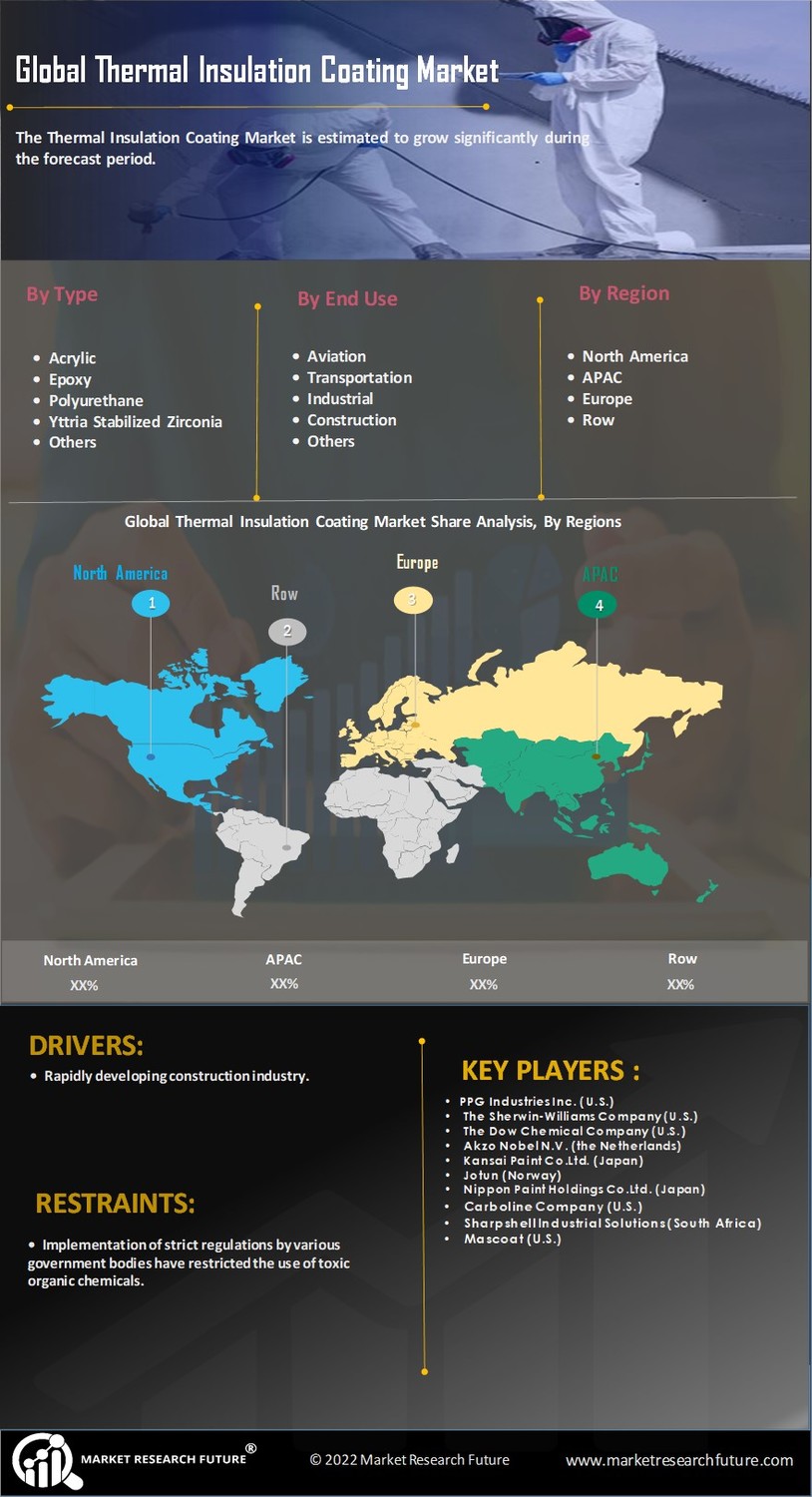

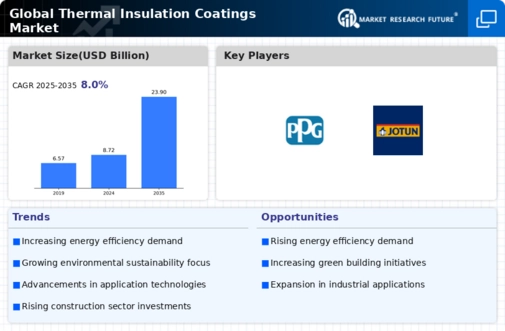

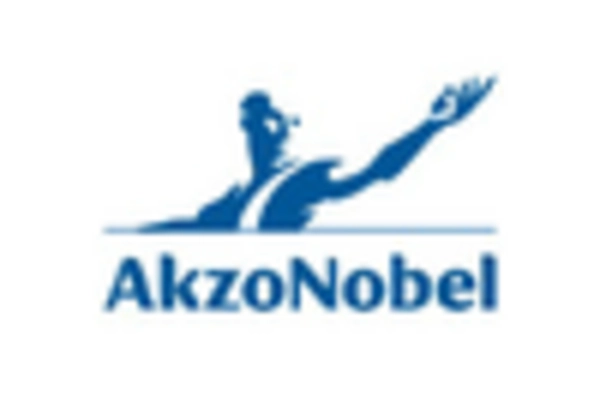

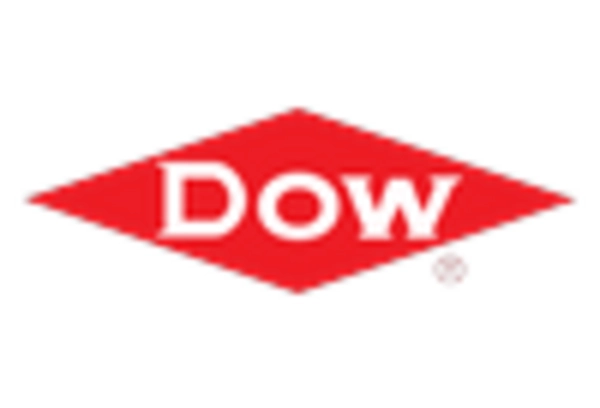
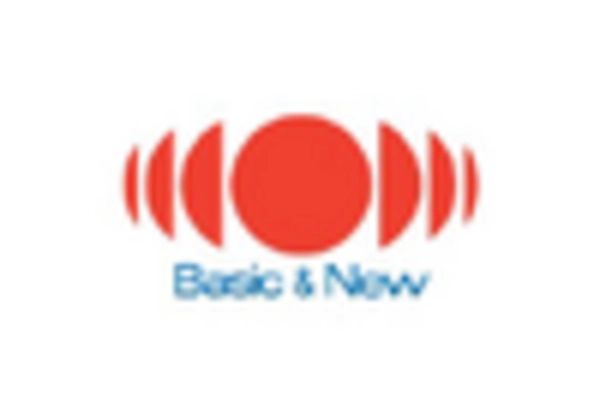









Leave a Comment